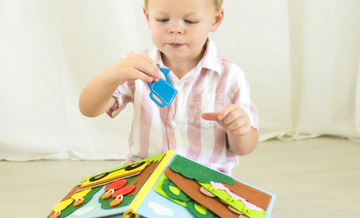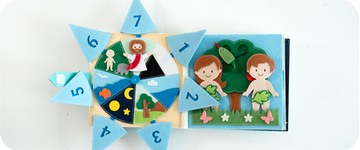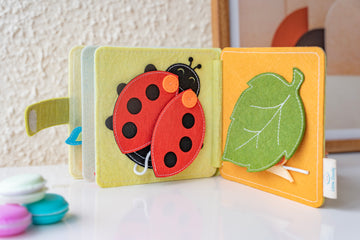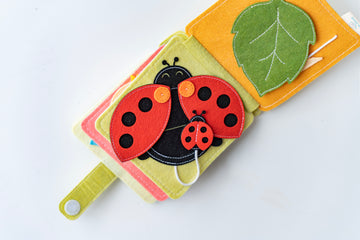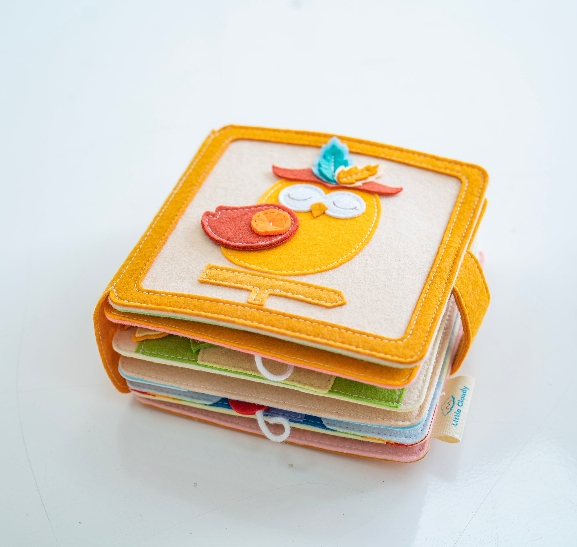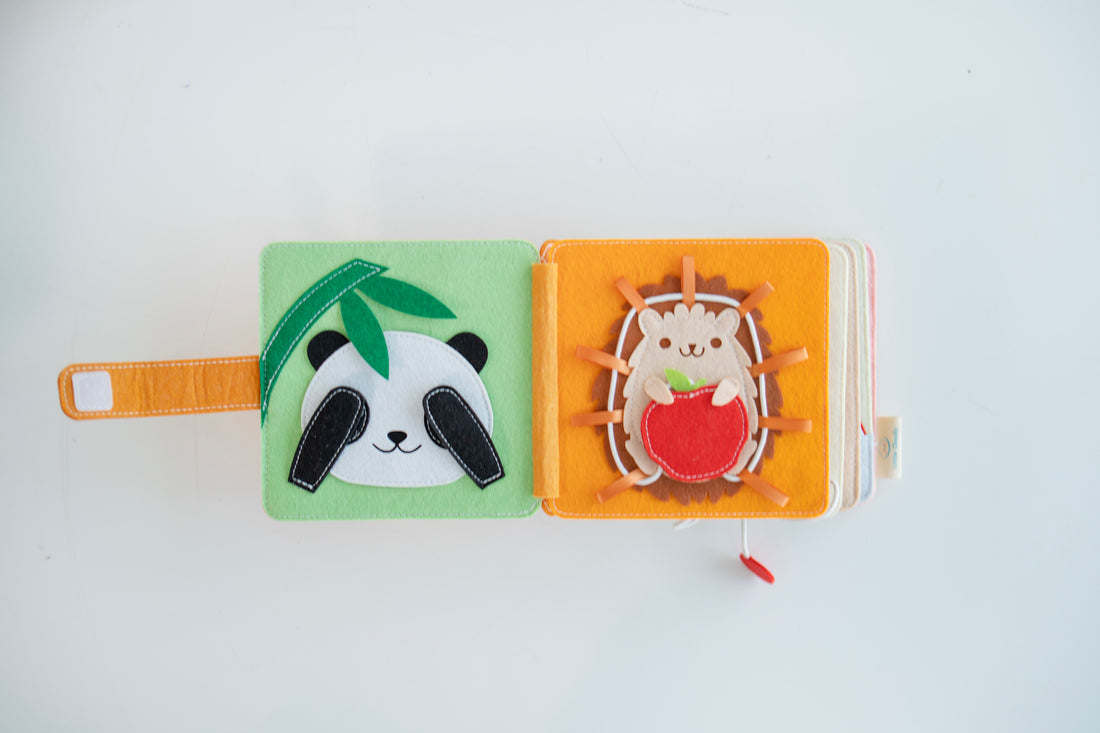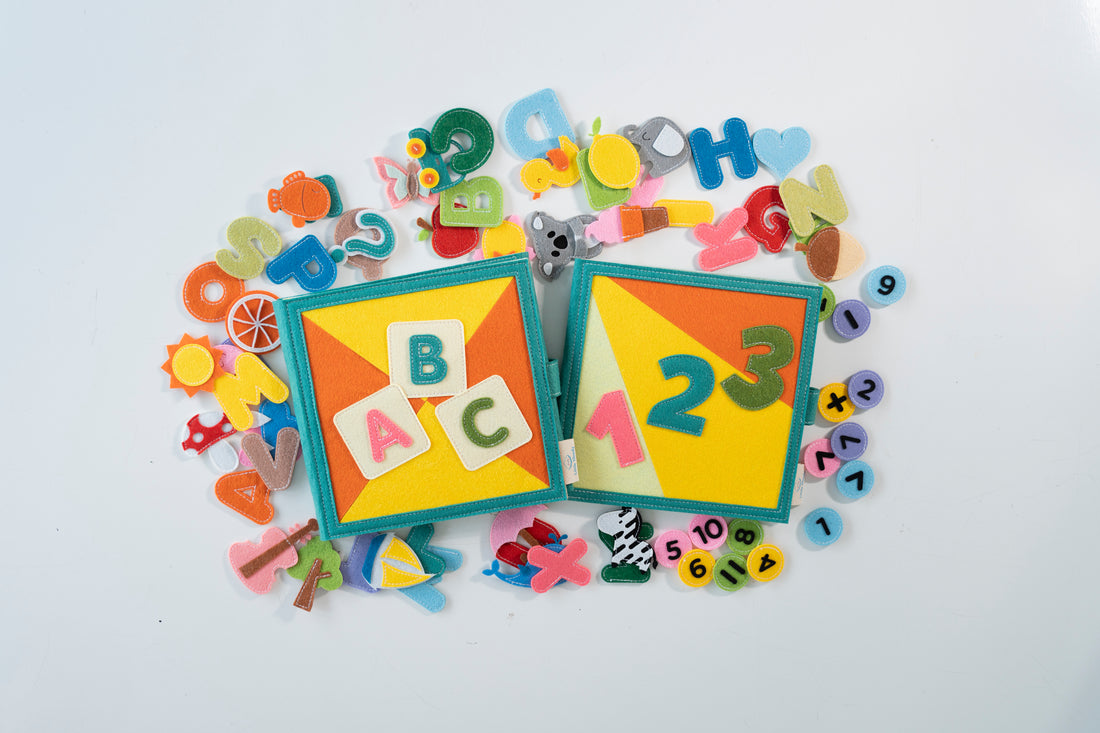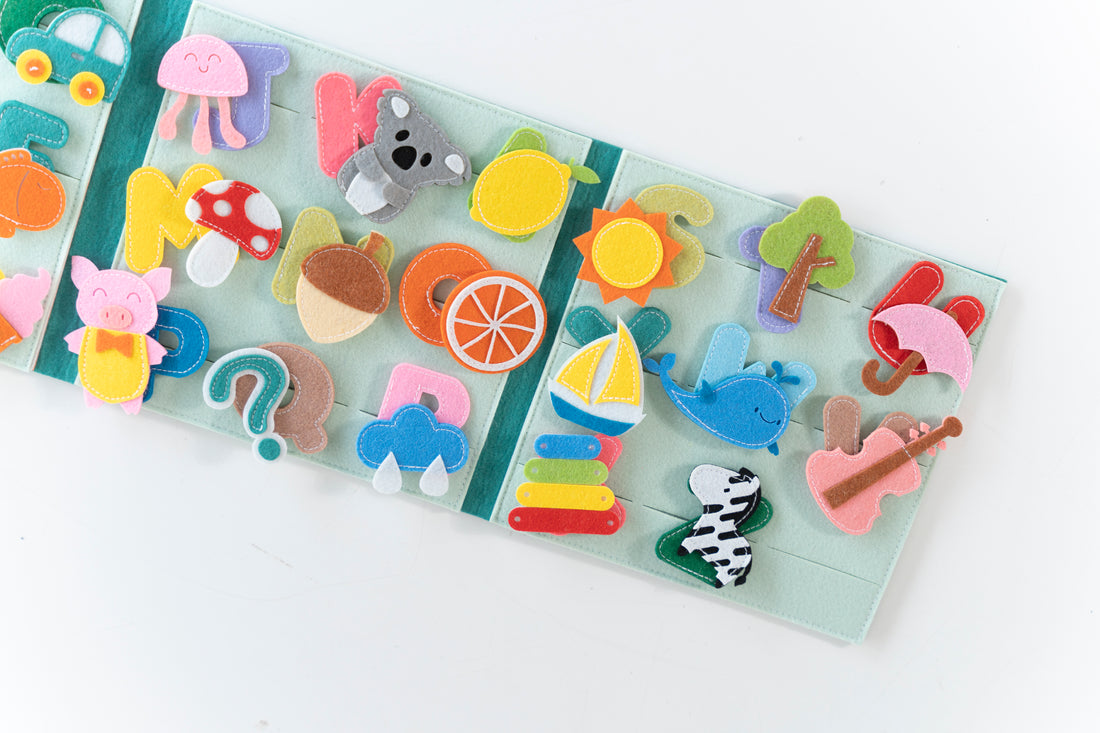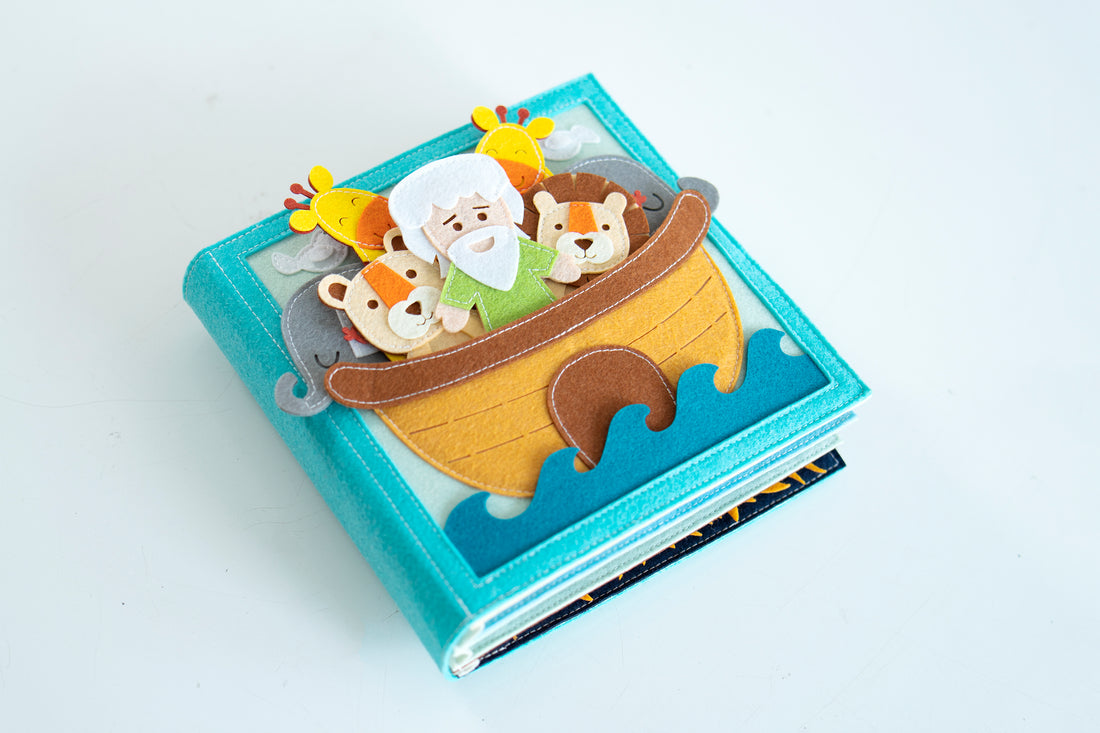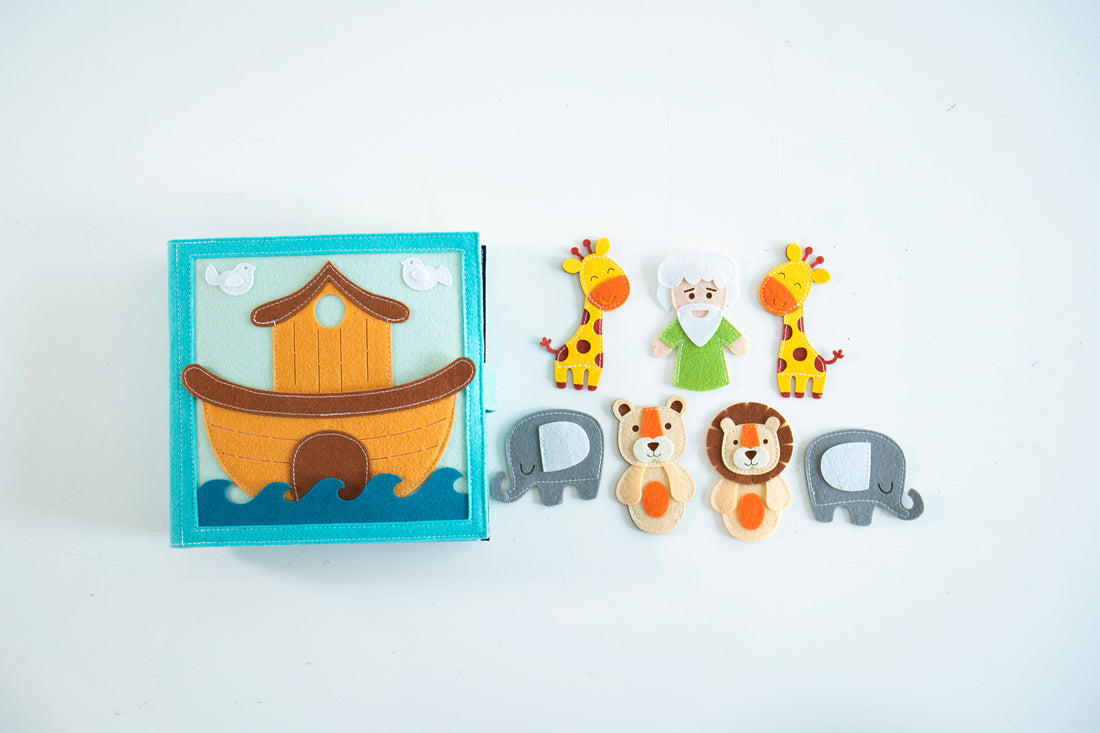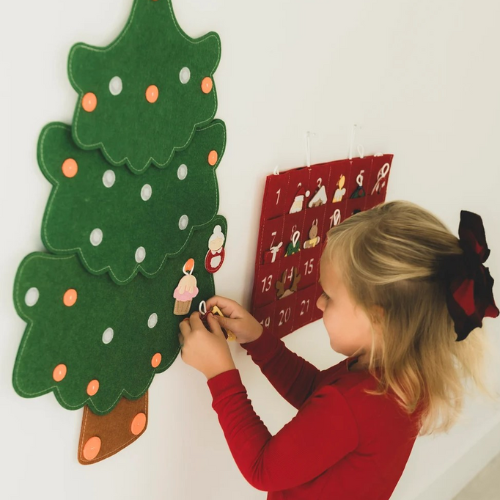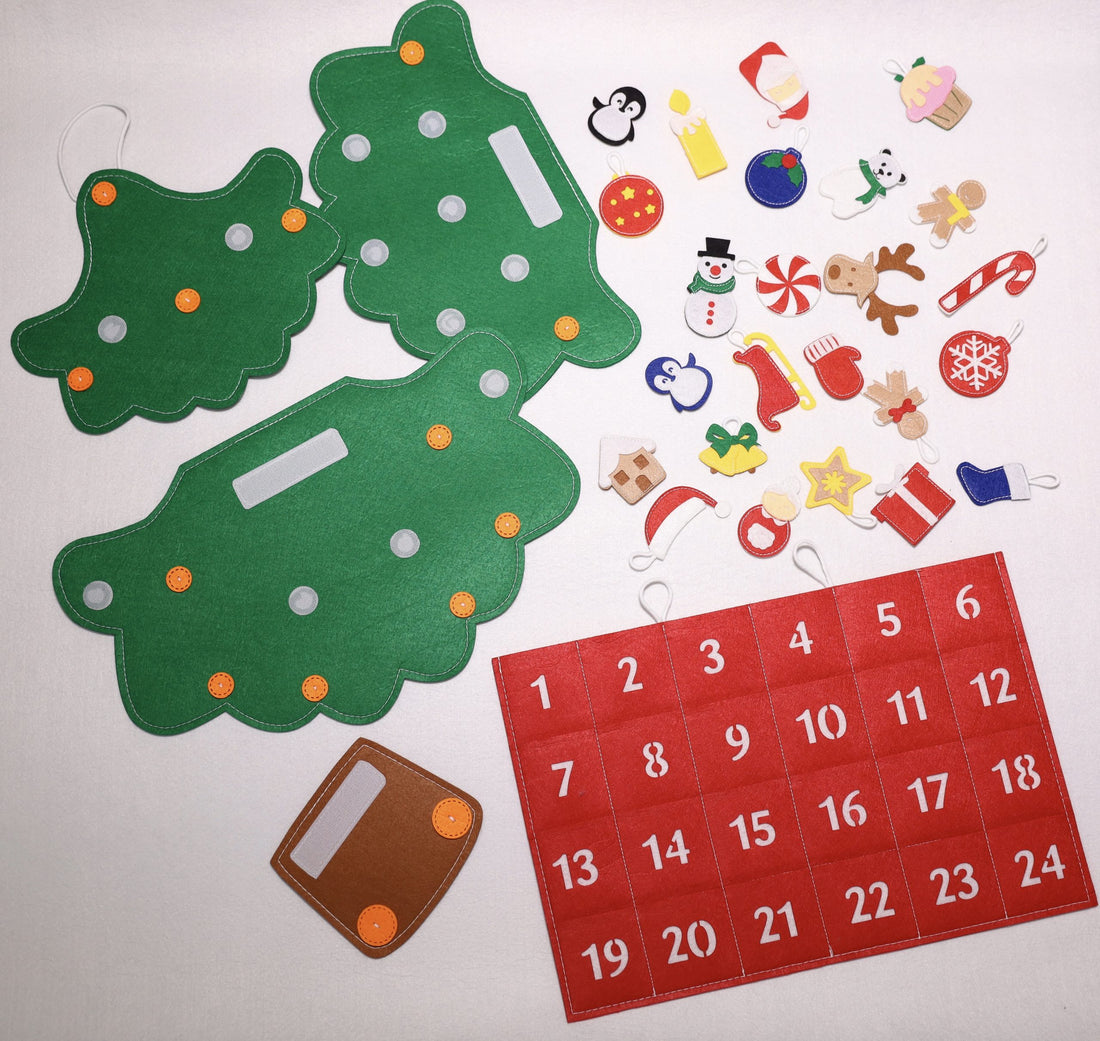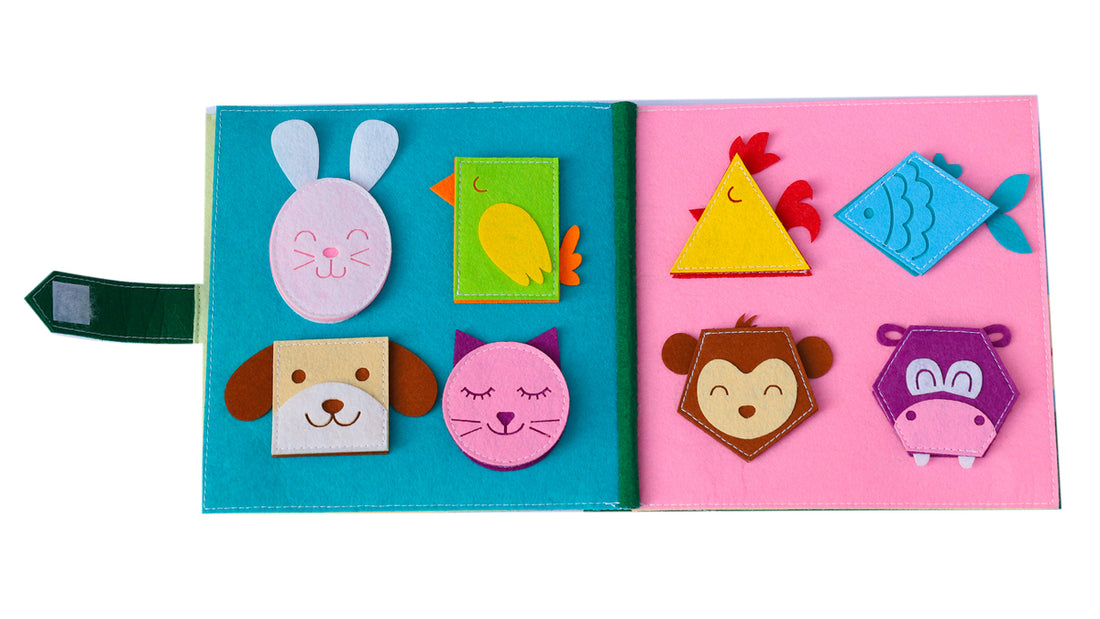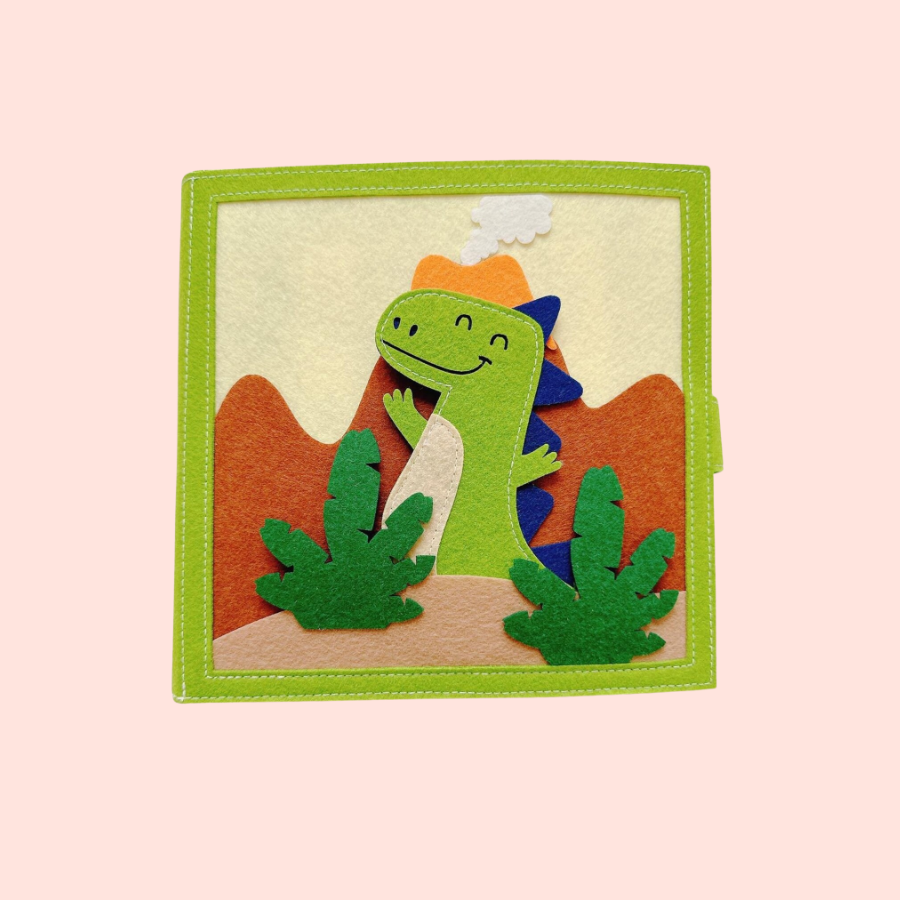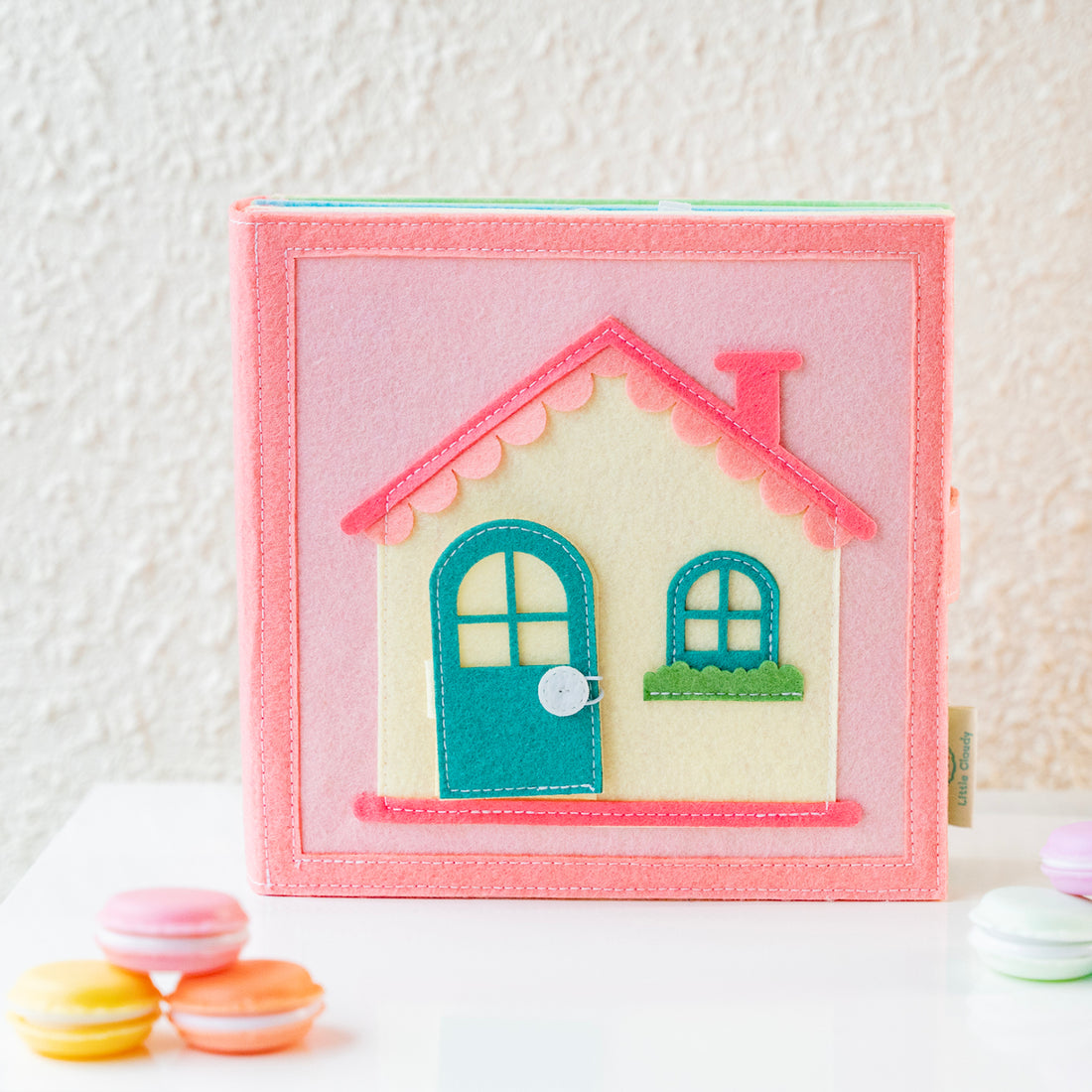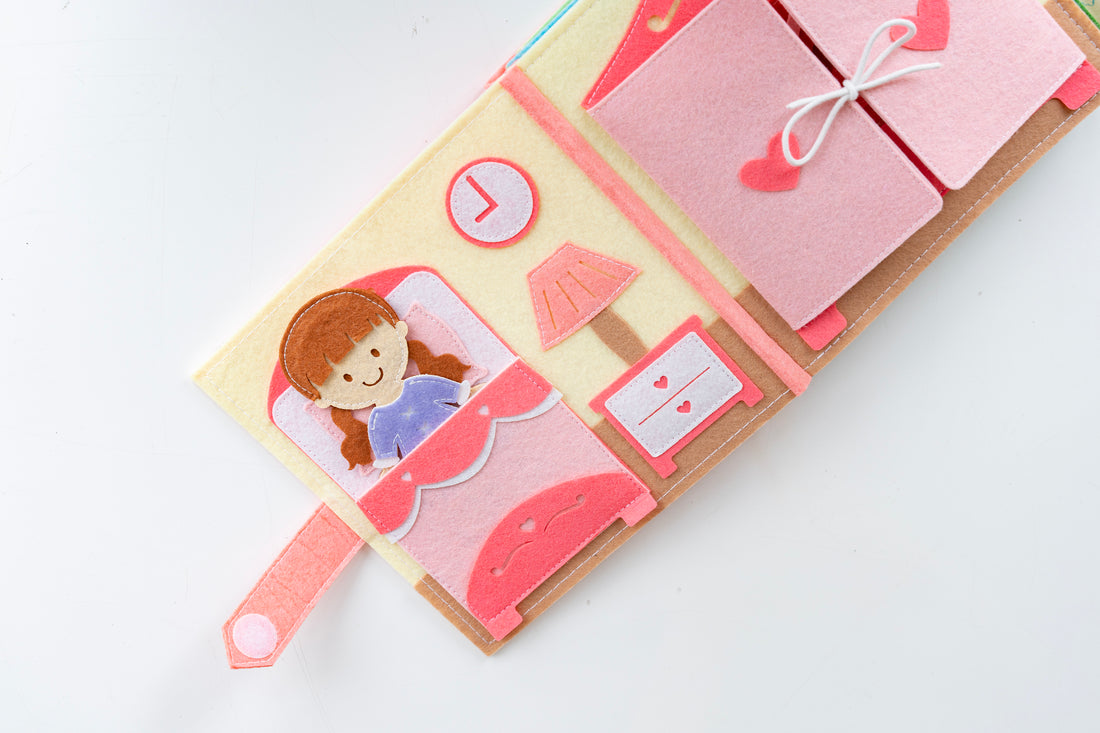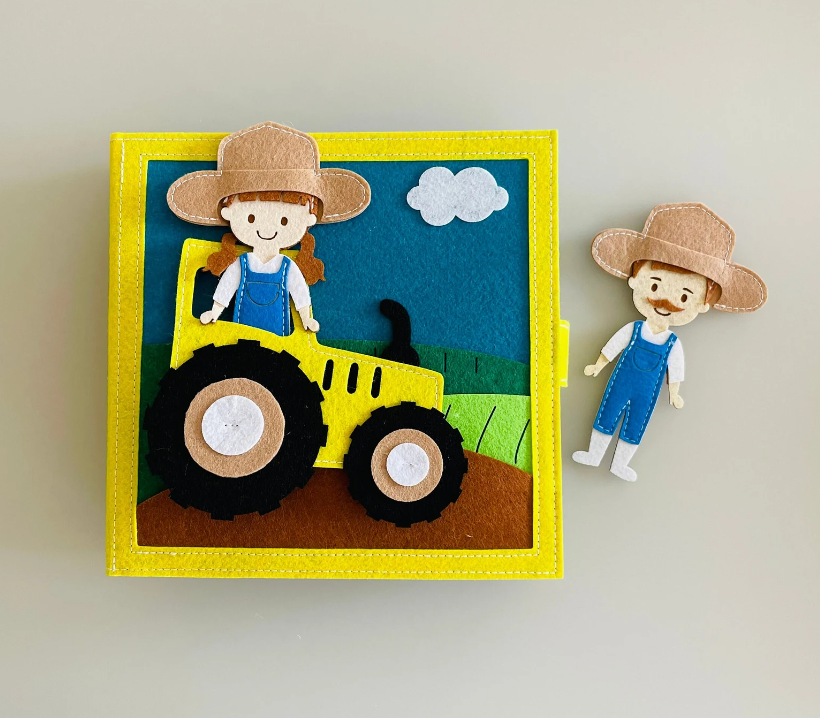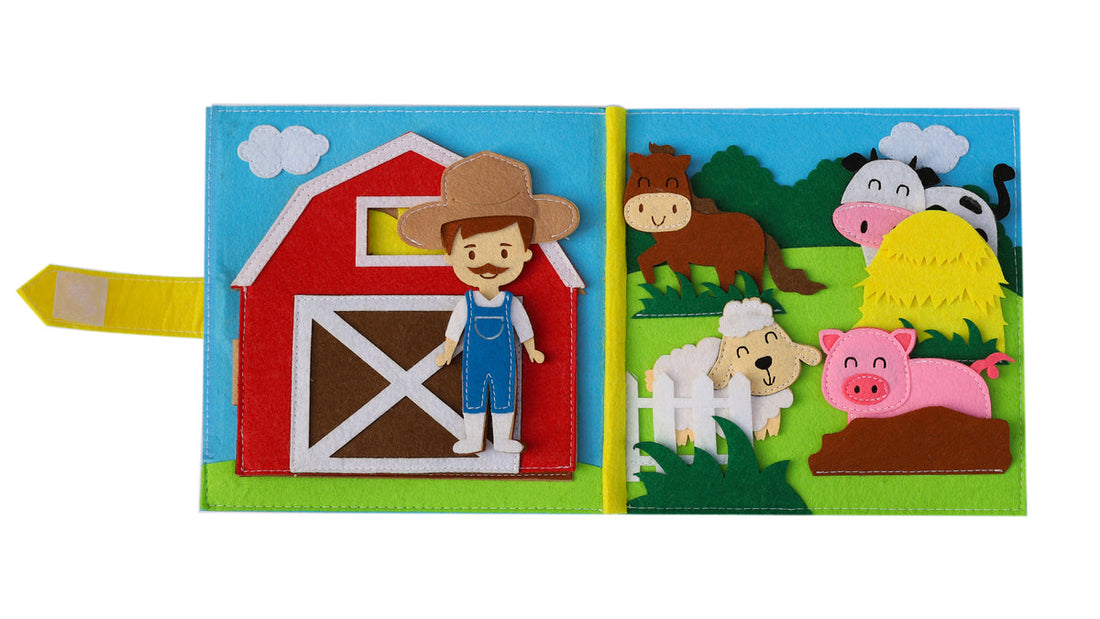I've spent countless hours perfecting my quiet book crafting skills and now, I can't wait to share my step-by-step guide with you.
From gathering materials to creating engaging activities, I'll walk you through the whole process.
So, let's get started and create a unique keepsake your little one will adore!
Key Takeaways
- Enhancing fine motor skills, fostering creativity, improving problem-solving abilities, and allowing for creative inspiration based on the child's interests are all benefits of making a DIY quiet book.
- The necessary materials for creating a quiet book include felt, thread, scissors, and fabric glue.
- Step-by-step instructions for crafting quiet book pages include sewing or using punch and binder rings, storing leftover materials for future crafts, utilizing page binding techniques for durability, and keeping extras in a clear plastic box.
- Engaging activities to include in a quiet book can include lacing cards, texture squares, a button snake, and counting beads.
Understanding the Concept of a DIY Quiet Book

I've always found the concept of a DIY quiet book intriguing, especially given how beneficial it can be for a toddler's development. Quiet book benefits include enhancing fine motor skills, fostering creativity, and improving problem-solving abilities.
As a parent, you can tap into a wide range of creative inspiration sources to make a book that's unique and engaging for your little one. Think about your child's interests and find ideas from there. Is your kiddo into animals? Why not create a farm-themed quiet book?
A DIY quiet book is an opportunity to bond with your toddler as you both explore the world together. It's a labor of love that's worth every stitch, cut, and glue.
Gathering the Necessary Materials for Your Quiet Book

Before kicking off this project, it's crucial to have all the required materials at hand. Budgeting for materials is a key step in the process.
I've learned that using sustainable materials not only helps the planet but also creates a safer play environment for our children.
Here's a simple list of what we'll need:
1. Felt: This is affordable and easy to work with. Plus, it comes in a rainbow of colors.
2. Thread: Choose a strong, durable thread for stitching.
3. Scissors: A sharp pair will make your crafting experience much smoother.
4. Fabric glue: This helps secure the smaller pieces.
Step-by-Step Instructions to Craft Your Quiet Book Pages
Now that we've got all our materials ready, let's dive straight into crafting the pages for this interactive plaything. It's crucial to know some page binding techniques to ensure our pages hold up with lots of playtime.
First, we can sew the pages together using a backstitch - it's simple and strong! Alternatively, we could use a punch and binder rings for an easy, no-sew method.
In the process, you'll likely have leftover materials. Don't toss them! Storing leftover materials is a great way to have resources for future crafts. I keep my extras in a clear plastic box, so I can see what I have. Remember, every piece can be a potential part of a new creation!
Ideas for Engaging Activities to Include in Your Quiet Book

Let's shift our focus to brainstorming some fun and educational activities that we can incorporate into this tactile plaything. Activity personalization is key to enriching the child's experience and promoting sensory stimulation.
Here are four ideas:
1. Lacing Cards: Punch holes around a shape and provide a shoelace. This helps improve their fine motor skills.
2. Texture Squares: Use different materials like silk, corduroy, or wool to create a sensory experience.
3. Button Snake: Children can thread colorful buttons onto a string, fostering hand-eye coordination.
4. Counting Beads: Attach a string of beads that the child can manipulate. This encourages counting and number recognition.
Tips to Maintain and Update Your Quiet Book Over Time
I've got some handy tips to keep that tactile plaything fresh and exciting for the little ones as time goes by.
Firstly, let's tackle book durability. Use sturdy materials like thick felt or cloth when creating your quiet book's pages and activities. This will ensure it can handle the rough and tumble of toddler play. Adding a durable cover can also protect it.
Secondly, consider cleaning methods. Toddlers can be messy, so a washable book is a lifesaver! For the fabric pages, a gentle hand wash will do. For more stubborn stains, try a fabric-safe stain remover.
Frequently Asked Questions
What Age Group Is Best Suited for Using a DIY Quiet Book?
I'd recommend DIY quiet books for toddlers aged 1-3 years. They're perfect for this age due to the quiet book benefits like tactile learning and fine motor skill development. Material selection is also key.
Can the Quiet Book Be Used for Children With Special Needs?
Absolutely! I've found that a DIY quiet book can be incredibly beneficial for children with special needs. It aids in sensory integration and has significant therapeutic benefits. It's all about customizing it to their needs.
How Long Does It Typically Take to Create a DIY Quiet Book?
Making a DIY quiet book can take a while. Depending on material selection and time management, it's often a few days to a week. It's a labor of love, but totally worth it for my kiddo.
Are There Any Safety Concerns When Creating a DIY Quiet Book for Toddlers?
Yes, safety's crucial when making a DIY quiet book. I'm careful with material selection, avoiding small parts that could choke. I also ensure secure attachment methods, so no pieces accidentally come off.
Can a DIY Quiet Book Be Washed or Cleaned if It Gets Dirty?
Yes, a DIY quiet book can certainly be cleaned if it gets dirty. Material selection plays a key role. I'd recommend using washable fabrics and avoid hard-to-clean items to make cleaning easier.
Conclusion
Creating a DIY quiet book for your toddler can be a fun, rewarding project. With some simple materials and a dash of creativity, you'll have a unique educational tool that grows with your child.
Remember, it's not about perfection, but the love and thought put into it. Keep updating it with new activities to keep it engaging.
Enjoy the process, and see the joy in your little one's eyes as they explore their very own quiet book!


